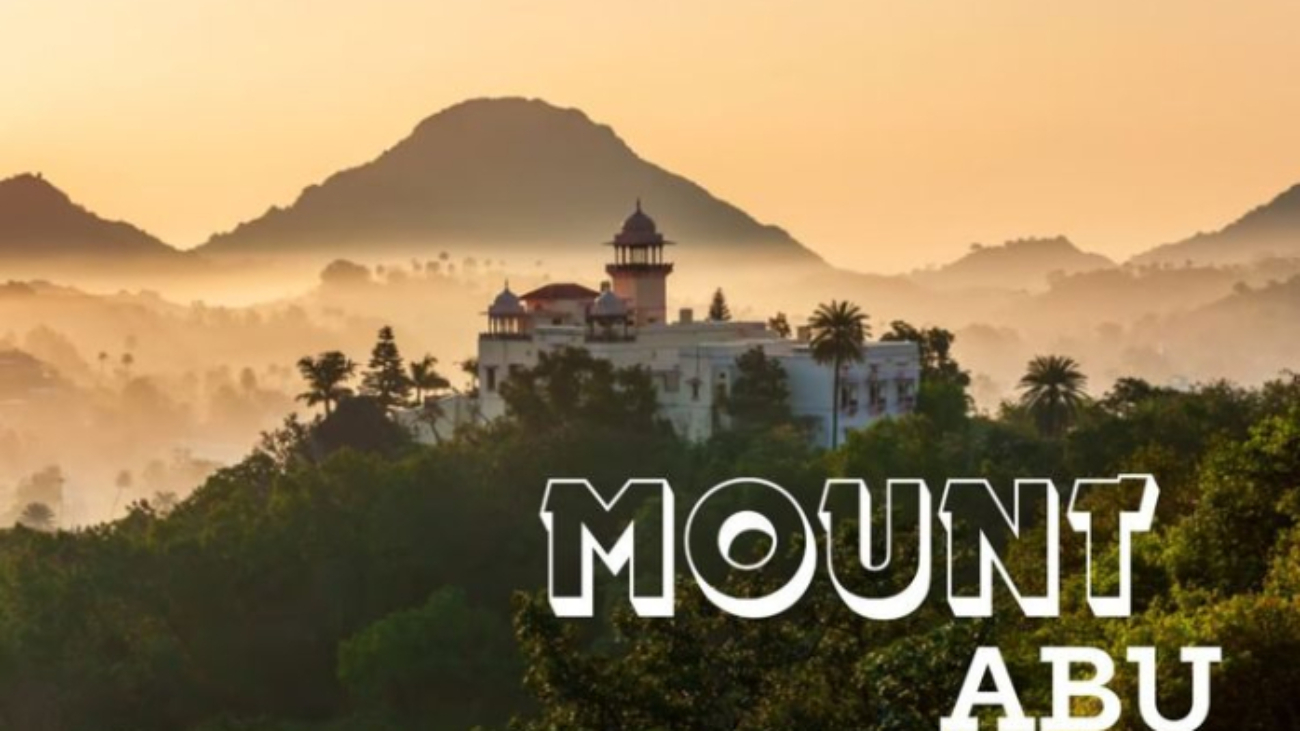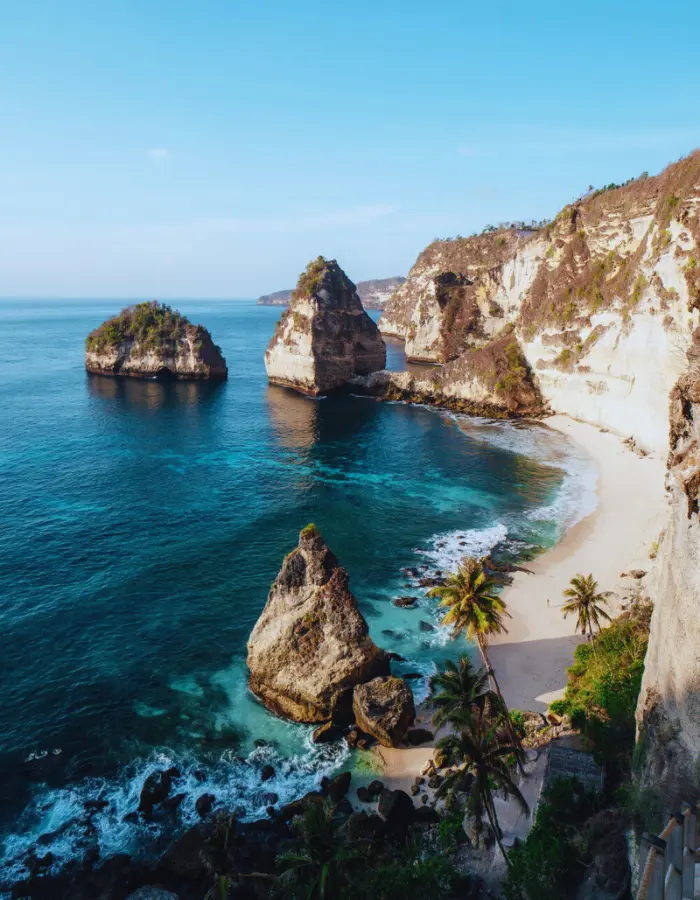Discover the captivating charm of Mount Abu, the only hill station in Rajasthan, as we delve into its unique climate and reveal the Mount Abu climate and best times to visit this scenic paradise. Whether you’re seeking mild summer weather, refreshing monsoon greenery, or cool winter temperatures, our guide helps you plan the perfect trip to this scenic destination.
Exploring Mount Abu: An Overview of Its Unique Climate

Nestled in the Aravalli Range, Mount Abu stands out as Rajasthan’s only hill station, providing a refreshing contrast to the state’s otherwise arid landscape. The Mount Abu climate is significantly cooler than the surrounding plains, thanks to its elevation of about 1,220 meters (4,003 feet) above sea level. This makes it a popular retreat for those looking to escape the intense heat of the lower regions.
Mount Abu climate and best time to visit is a key factor for travelers seeking to enjoy its moderate and pleasant weather year-round, with temperatures rarely reaching extremes. Summers are mild and breezy, while winters can be chilly, especially at night. The monsoon season brings a burst of greenery, transforming the landscape into a lush paradise.
Seasonal Breakdown: Weather Patterns Throughout the Year

Mount Abu experiences three primary seasons: summer, monsoon, and winter. Each season offers a unique perspective on the hill station’s natural beauty.
- Summer (April to June): During these months, temperatures range between 23°C to 33°C (73°F to 91°F). The climate is generally pleasant, making it an ideal time for sightseeing and outdoor activities.
- Monsoon (July to September): Monsoon rains bring a refreshing change to Mount Abu, with temperatures ranging from 17°C to 25°C (63°F to 77°F). The hills come alive with lush greenery, and the waterfalls are at their most spectacular. However, heavy rainfall can sometimes disrupt travel plans.
- Winter (October to March): Winters in Mount Abu are cool and crisp, with temperatures dropping to as low as 12°C (54°F) at night, while daytime temperatures hover around 22°C (72°F). This is widely considered the best time to visit due to the cooler weather and outdoor activities.
The Best Seasons for Outdoor Activities in Mount Abu

Mount Abu climate and best time to visit influences the types of activities you can enjoy. Here’s a breakdown:
- Hiking and Trekking: The cooler months of winter (October to February) are perfect for exploring the many trails and scenic spots.
- Boating: Nakki Lake, a central attraction, is ideal for boating in the summer and monsoon months.
- Wildlife Watching: The Mount Abu Wildlife Sanctuary is best visited during the monsoon and winter seasons when the flora and fauna are most vibrant.
Packing Tips: What to Bring for Every Season

Packing wisely is essential to enjoy the diverse Mount Abu climate:
- Summer: Light, breathable clothing and a jacket for cooler evenings.
- Monsoon: Waterproof gear and sturdy footwear.
- Winter: Warm layers for chilly nights and comfortable shoes for daytime exploration.
Insider Tips: Making the Most of Your Visit to Mount Abu

To truly make the most of your visit to Mount Abu, consider these tips:
- Visit During Off-Peak Times: The early summer or post-monsoon periods offer fewer crowds.
- Explore Local Cuisine: Sample Rajasthani dishes such as Dal Baati Churma and Gatte ki Sabzi.
- Plan Ahead: Visit popular spots early in the day to avoid crowds.
Conclusion
Mount Abu climate and best time to visit are crucial for making the most of this hill station’s beauty. Whether you’re seeking a cool summer escape, a monsoon paradise, or a winter retreat, Mount Abu offers a delightful experience year-round. Explore outdoor activities, seasonal packing tips, and insider travel advice to make the most of your Mount Abu experience year-round.


